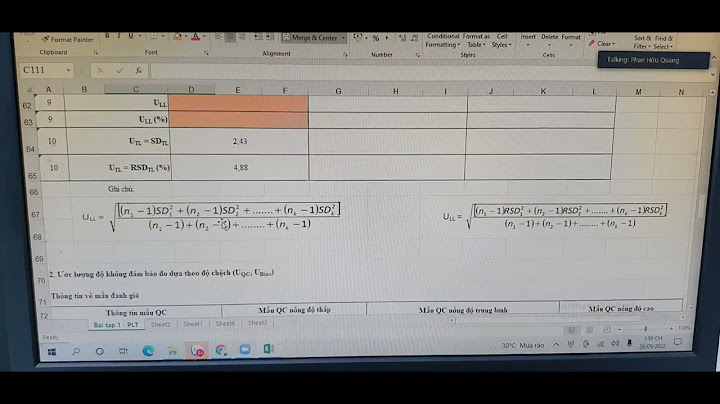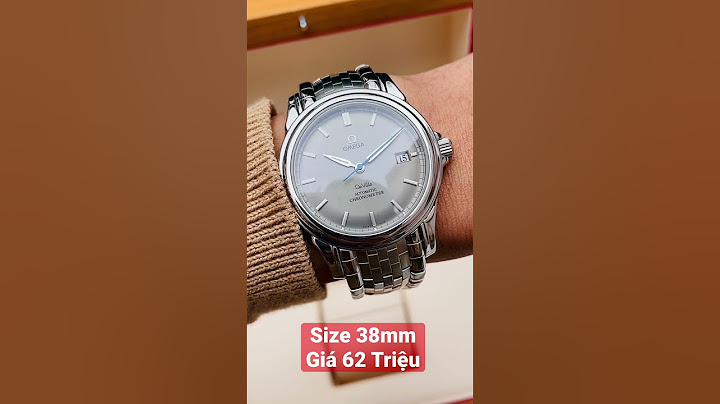The Nikon AF Nikkor 70-210mm F4-5.6 is one of the oldest auto focus telephoto zooms for F mount cameras. The lens was produced and sold in the late 1980's and early 1990's. The lens may be old, but it still has something to offer, so if you have a low budget and have a camera with a built in focusing motor (any cameras other than the D40(x), D60, D3000, D3100 D5000, D5100), then don't ignore it. The lens has a solid build, and produces good images, considering the price point. Due to the crop factor, on DX body, the lens gives the equivalent coverage of a 105mm to 315mm lens on a FX body.  Build Quality and Feel: The Nikon AF Nikkor 70-210mm is an early AF Nikkor and as such the lens body and barrel is made of metal. The lens feels as tough as it looks, and it can take a few bumps without any visible damage. These lenses were made in Japan and were aimed at consumers, which is hard to believe considering the build quality. Despite the build quality the lens is not very heavy and balances well on a mid-range camera like the D90, and ever better on the D300 and up. There is no zoom ring on this lens, you manual push and pull the zoom yourself. The lens starts at 70mm, when in the shortest position, and 210mm at the longest. There are markers on the inner barrel the indicate the focal length at, 70mm, 85mm, 105mm, 135mm and 210mm. The lens does suffer from some zoom creep, so if you are focusing on something above or under you, you'll have to hold onto the zoom barrel. The grip has a plastic feel, but offers plenty of grip. The manual focusing ring has a similar feel to that of the zoom grip.  Auto and Manual Focus: Being of an older design the lens does not have an AF-S motor, meaning that auto focus is achieved by a motor in the camera body, turning a screw in the lens, which rotates the focusing elements. The AF 70-210mm Nikkor does not feature IF (Internal Focusing) and as a result the front element of the lens rotates when focusing, which makes using a circular polarizer a bit of pain. Like most early AF and AF-D lenses, do not grab the focusing ring while auto focus is engaged, doing so could damage the camera's focusing motor as well as the focusing gears within the lens. If you want to manually focus, first turn the AF switch on the camera body to the "M" position. Auto focus is slow and very noisy, even compared to some other early AF lenses, such as the AF 35-70mm F2.8. The later 70-210mm F4-5.6D focuses much faster thanks to improved focusing gears in the lens, but it is still noisy when focusing. Even manual focus is not quiet, as there is a slight geared noise when you turn the focusing ring. Manual focus is smooth and focus is not overly difficult to achieve in good light.  Image Quality: You can get good images from this lens, with the sharpest images coming at 70mm and the softest at 210mm, which is just par for the course with consumer grade zoom lenses. By stopping the lens down to F8 you get extremely sharp images across the frame on a DX body. I have not tested the lens on an FX or film body so I cannot say how it performs on such cameras. As you zoom out image quality starts to drop off, and at 210mm there is a noticeable drop in contrast and overall image quality, even stopped down. That being said, good results are possible on close subjects at 210mm. Part of the trouble, at least for bird photography, is the slow auto focus, which makes it difficult to get sharp images.    Comments and Conclusion: The Nikon AF 70-210mm F4-5.6 is a decent lens, and offers average, but not great image quality. Build quality is superior to the consumer lenses of today, such as the 55-200mm DX kit lens, but I would still take the 55-200mm DX or 70-300mm VR over the older lens due to the faster AF-S focusing motors. The main reason to pick an older lens like the 70-210mm is cost, these lenses can be found for around $100 Cdn and the build quality, thanks to the all metal construction of the lens body. I’m no Ken Rockwell and I have no desire to go into the insane amounts of mundane details as he does (nor sound like a self-important, pompus tool, as he often does) but I thought I’d give it a go at reviewing some gear. Provided you go into photography with enthusiasm, you’ll discover that it is a fairly expensive hobby and some budget-minded tips are always appreciated. I’m not made of money myself and have had to weigh my investments. This is a short review of my Nikon “Nikkor” 70-210mm telezoom. These can be had fairly cheap and provide very good value for money. I bought mine a few years back used for about US$120. Mine is in excellent condition and even still has some kind of inspection sticker as can be seen in the photos. Every photographer needs a telezoom of some variety. If you’re a Nikon-shooter with limited budget, this lens is a sound investment. It’s decently built, being from an era where Nikon still wished to produce good-quality consumer equipment for a decent price. Optically it’s good but not perfect. I’ve shot thousands of photos with mine and provided you know the limits of it, it can produce very good results. As with most telezooms it has the worst quality at the edges of the specs – i.e. it’s a bit fuzzier at 70 and 210 mm than it is around the middle at 105-134mm. Stop it down and it gets sharper. It doesn’t vignette a whole lot and has an acceptable amount of chromatic aberration that is easily removed in whatever postprocessing software you use. The good news is that distortion is very low, regardless of settings. I have never noticed any significant distortion, at least in my specimen. Keep in mind though that this is a f4-5.6 which means it’s not super-usable in dark environments or to get that insanely shallow depth of field. This lens works great on any fullframe or crop-sensor Nikon. The only real caveat is that it’s the old-fashioned screwdrive autofocus which requires a body with motordrive. The cheap-to-midrange consumer bodies do not provide that and as such you’ll be stuck with manual focus. Also, the autofocus is a bit slow and quite noisy. This is a push-pull contraption. It does grow a bit when you zoom but for a telezoom this is a small lens. There is a lens-hood but I’ve never bothered with it. I’ve never had problems with haze, ghosting or anything like that so a lens-hood seems redundant in my opinion. If you can find one in decent shape for a reasonable price, I’d recommend getting it. I no longer use mine but that’s only because it’s been replaced by a more professional 70-200/2.8 from Tamron. |




















